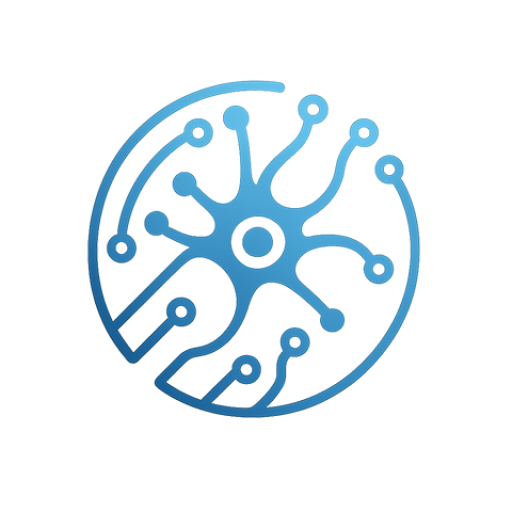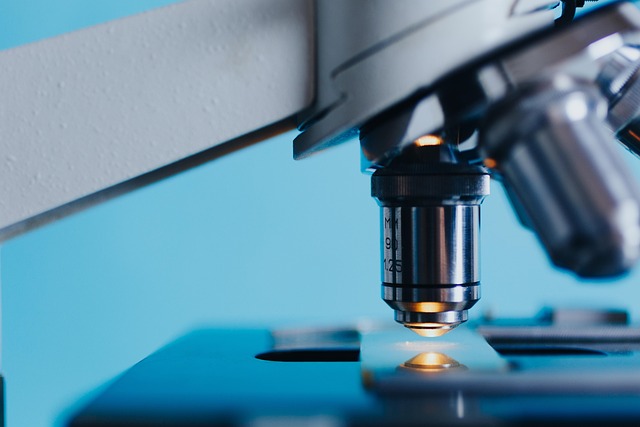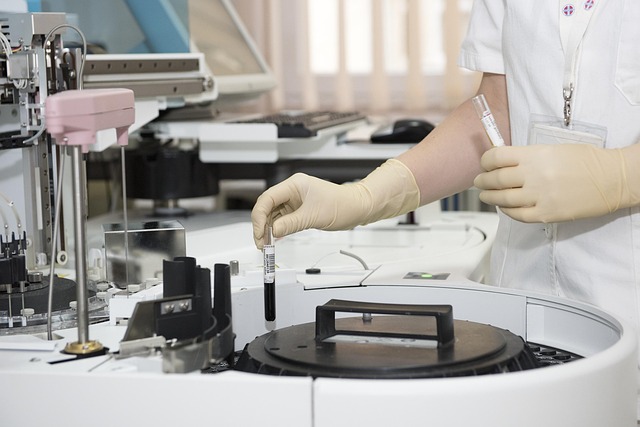When clinicians first began to talk about remote laboratory services, the concept seemed like a niche service for research institutions or large hospitals with satellite facilities. Today, remote laboratory innovations have woven themselves into the very fabric of everyday healthcare, enabling faster diagnostics, reducing costs, and expanding access to underserved regions. By combining cloud‑based data platforms, microfluidic sample handling, and sophisticated AI analytics, remote laboratories have become a cornerstone of modern diagnostics.
From Sample Collection to Digital Interpretation
At the core of a remote laboratory lies a workflow that starts with sample collection, often performed by community health workers or even by patients themselves at home. Portable microfluidic devices capture blood, saliva, or urine in a sealed cartridge. Once the sample reaches a central hub, robotic pipetting systems perform a battery of assays—ranging from routine complete blood counts to molecular diagnostics for viral load or genetic markers.
- Automation and Standardization: High‑throughput instruments minimize human error and ensure reproducibility across thousands of tests daily.
- Data Digitization: Results are automatically uploaded to secure cloud servers, instantly available to physicians via encrypted dashboards.
- AI‑Driven Analysis: Machine learning models flag abnormal patterns, suggest differential diagnoses, and even predict disease progression.
The Role of Microfluidics
Microfluidic chips have revolutionized sample processing by reducing reagent consumption and turnaround times. They allow multiple assays to run on a single slide, making it possible to test for several pathogens or biomarkers simultaneously. This multiplexing capability is particularly valuable in outbreak settings, where rapid identification of causative agents can guide treatment protocols.
“Microfluidics turns a simple drop of blood into a data hub,” says Dr. Elena Ramirez, a leading researcher in point‑of‑care diagnostics. “It’s the foundation that lets remote laboratories deliver high‑quality results at scale.”
Impact on Rural and Low‑Resource Settings
Remote laboratories bridge the geographic gap between patients and specialists. In remote villages, a patient can send a sample to a regional hub and receive a diagnosis within 24 hours—an improvement that was unthinkable a decade ago. By eliminating the need for patients to travel long distances, these systems reduce socioeconomic barriers and improve adherence to treatment plans.
Case Study: Remote Diabetes Management
In a pilot program across several rural counties, community health workers collected blood glucose samples using handheld meters and uploaded the results to a remote laboratory’s secure platform. The laboratory performed HbA1c assays and returned personalized reports to primary care providers within hours. The program reported a 30% reduction in hospital admissions for diabetic complications and a significant improvement in patient self‑management scores.
- Sample Collection: Finger‑stick blood, processed in a portable cartridge.
- Automated Assay: HbA1c quantified with a microfluidic analyzer.
- AI Insight: Risk stratification algorithms identified patients needing immediate intervention.
- Feedback Loop: Doctors adjusted medication dosages based on real‑time data.
Integration with Telemedicine Platforms
The synergy between remote laboratories and telehealth services amplifies the reach of preventive care. A telemedicine visit can be complemented by on‑site sample collection, ensuring that a physician has comprehensive data before prescribing therapy. This holistic approach has proven especially effective in managing chronic diseases like hypertension, asthma, and chronic kidney disease.
Future Directions: AI‑Enhanced Predictive Analytics
While current remote laboratories excel at delivering diagnostic results, the next wave of innovation focuses on predictive analytics. By continuously ingesting longitudinal data from patient monitors, wearables, and laboratory results, AI models can forecast flare‑ups, drug interactions, and even anticipate hospitalization needs. This proactive stance shifts healthcare from reactive to preventative.
Regulatory and Ethical Considerations
Rapid technological advancement demands robust governance. Remote laboratories must comply with regulations such as the FDA’s 21 CFR Part 820 for medical devices and ISO 15189 for medical laboratory competence. Data privacy is paramount; end‑to‑end encryption, anonymized datasets, and patient consent protocols are non‑negotiable elements of a trustworthy system.
Ensuring Equity in Access
As remote laboratories proliferate, a parallel challenge emerges: ensuring equitable access. Infrastructure disparities—such as unreliable internet connectivity or limited electricity—can hamper deployment in the most remote areas. Partnerships between governments, NGOs, and tech companies are essential to provide solar power solutions, satellite connectivity, and local training programs for community health workers.
Conclusion: A Paradigm Shift in Diagnostics
Remote laboratory innovations are not merely incremental upgrades; they represent a paradigm shift in how diagnostic information is generated, transmitted, and acted upon. By harnessing automation, cloud computing, and AI, these systems deliver high‑quality, rapid diagnostics at a fraction of the traditional cost. The ripple effect—improved patient outcomes, reduced disparities, and smarter resource allocation—underscores the transformative potential of remote laboratories in the evolving landscape of global health.



